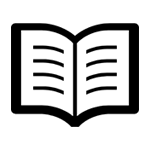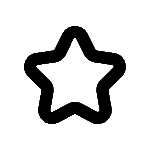5万年前のネアンデルタール人
5万年前のネアンデルタール人は楊(ヤナギ)のようじを使っていた!
2017年3月9日の朝日新聞に興味深い記事がありました。五万年前のネアンデルタール人の歯についていた歯垢のDNA鑑定が発表され、ポプラの木の成分が検出されたという記事です。
1820年代にドイツのバイエル社はポプラ(楊やなぎ)の木からサリシンという物質を抽出しました。1899年このサリシンからアセチルサルチル酸、薬品名でアスピリンを作りました。アスピリンは鎮痛剤ですから、ネアンデルタール人は本能的にこの木の薬効を知っていたのかもしれません。日本では京都の三十三間堂では毎年一月十五日に一番近い日曜日に「楊のお加持の大法要」が営まれています。これは楊の枝を水瓶に差し、参詣者に楊でその水を振り掛けるというものです。この水を振り掛けてもらうと病からのがれられるという儀式です。三十三間堂を建てられた後白河法皇(平安時代)が紀州への熊野詣での際に頭痛を覚えました。その時地元の人が噛んで下さいと差し出したのが楊です。それを?んだところ頭痛が癒えたという故事にちなむ行事です。日本でも本能的に楊の薬効を知っていたのでしょう。それがネアンデルタール人までさかのぼるという壮大なロマンです。
I found very interesting artcle in Asahi newspaper on 10 March.The Nature reported ingredient
of popular tree was detedted in dental plaque of Neanderthal man at around 48,000 years old through DNA. In 1820's The Bayer (famous medicine manufacture in Germany) extracted Salicine from the poplar tree. In 1899 they developed the Acechil Salchil acid called Aspilin
in medicine name from Salisine. This medicine is a pain reliever. Neanderthal man might know the efficiency of poplar in instinctively. In Japan Sanjyu-san-gendo (famous temple in Kyoto) serve the Buddhism ceremony on 15th January every year.In this ceremony the monk shawer water to visitors with a branch of popular. It's said vistors will not be suffered from illness, if they are showered. When the emperor Goshirakawa who established this temple traveled to the Kumano Shrine for pray, he had headache. A local one presented a branch of poplar. He bited it and headache gone out . So this ceremony has been continued even now. In Japan people had known the efficiency. This fact traced to Neanderthal man. How huge romantic story!




